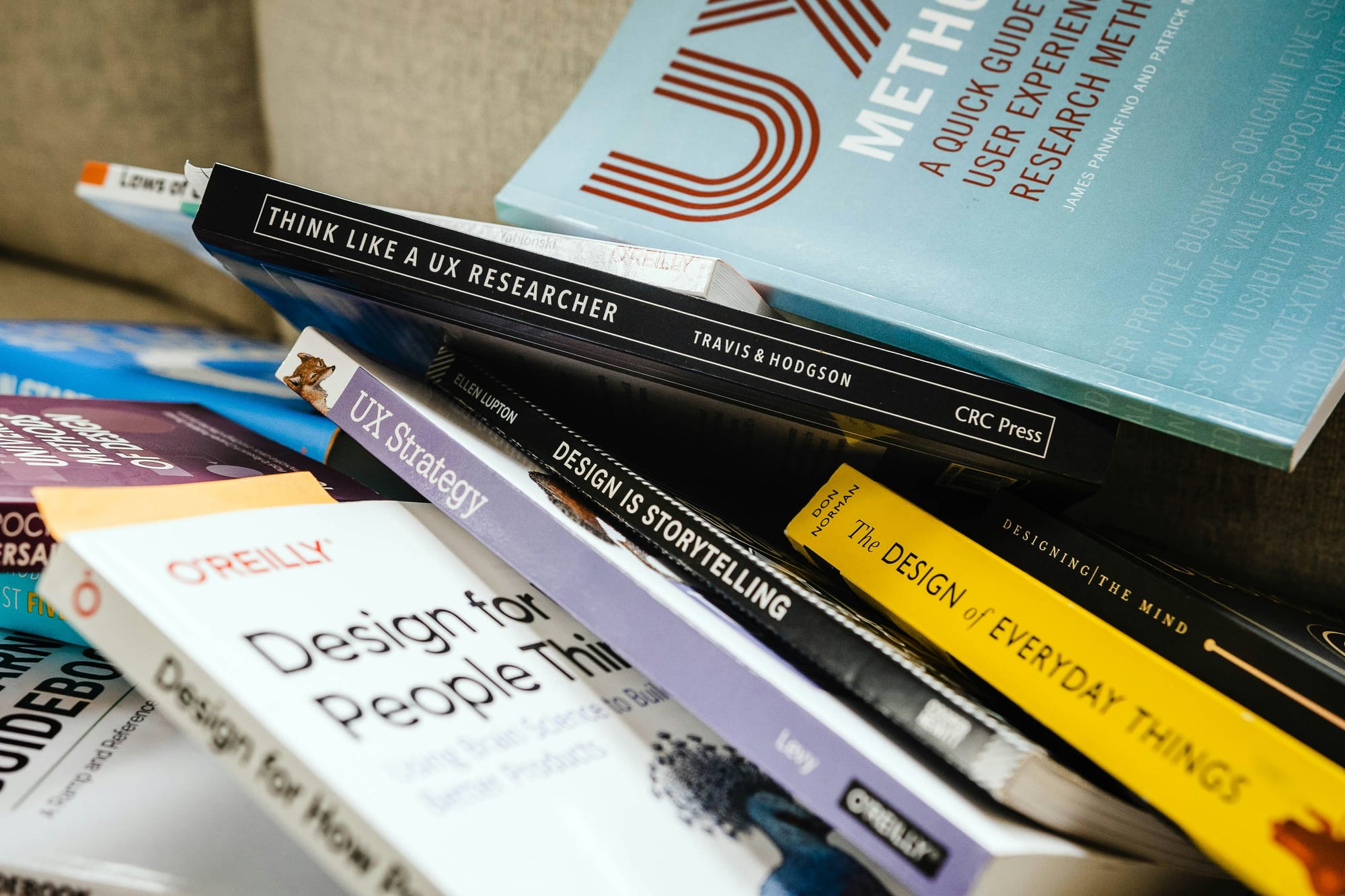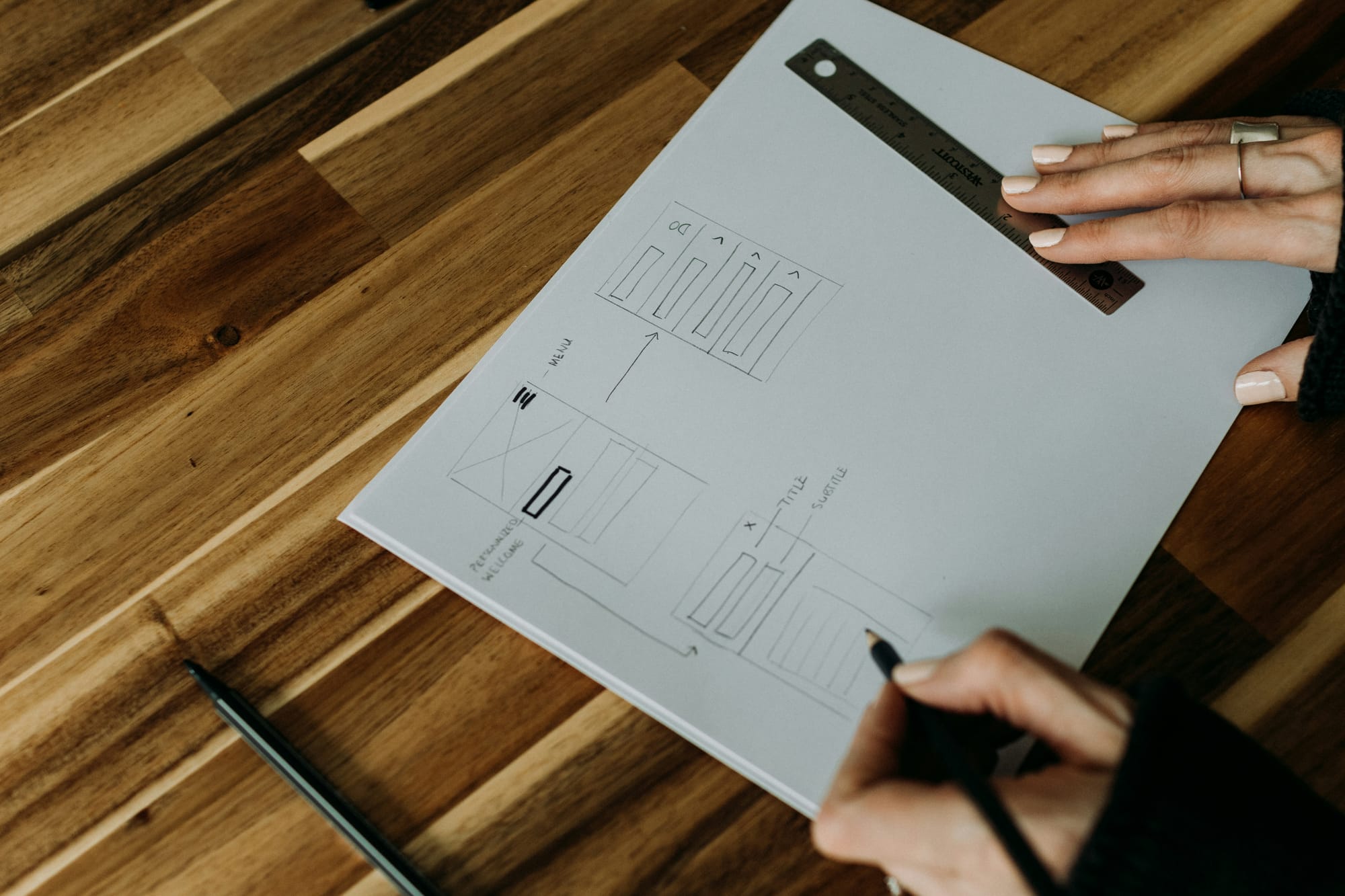
In today's competitive product landscape, user-centered design (UCD) has emerged as a key approach to creating successful products.
2024 is a year of innovation and user-centricity, intertwining design principles with user needs and behaviors. As we move through this transformative period, it's evident that UCD is not just a design approach—it's a philosophy. Our design strategies, influenced by user feedback and technological advancements, are more focused on enhancing user experience and satisfaction. Product design, once primarily about aesthetics, has evolved into a user-driven practice—shaped by empathy, usability, and iterative improvement.

Whether it's through user research or prototyping, the essence of UCD lies in its focus on the user. Let’s explore the principles and practices that are defining the future of user-centered design.
Empathy: Understanding User Needs
Empathy is at the heart of UCD. In 2024, designers are placing greater emphasis on understanding user needs, preferences, and pain points through comprehensive user research.
Echoing the User's Perspective Empathy involves stepping into the user's shoes and viewing the product from their perspective. By conducting interviews, surveys, and usability tests, designers can gather valuable insights to inform design decisions.
Iterative Design: Continuous Improvement
Iterative design is a fundamental principle of UCD, involving continuous testing and refinement of the product based on user feedback.
Adapting and Evolving In 2024, the focus is on creating prototypes, gathering feedback, and making iterative improvements. This process ensures that the product evolves in line with user expectations and delivers a superior experience.
Usability: Ensuring Ease of Use
Usability is a critical aspect of UCD, emphasizing the importance of designing products that are easy to use and intuitive.


Simplifying User Interactions Designers are prioritizing simplicity and clarity in their designs, ensuring that users can easily navigate and interact with the product. Usability testing helps identify and address any potential issues early in the design process.
User-centered design in 2024 revolves around empathy, iterative improvement, and usability. By focusing on these principles, designers can create products that not only meet user needs but also provide delightful experiences.







Comments